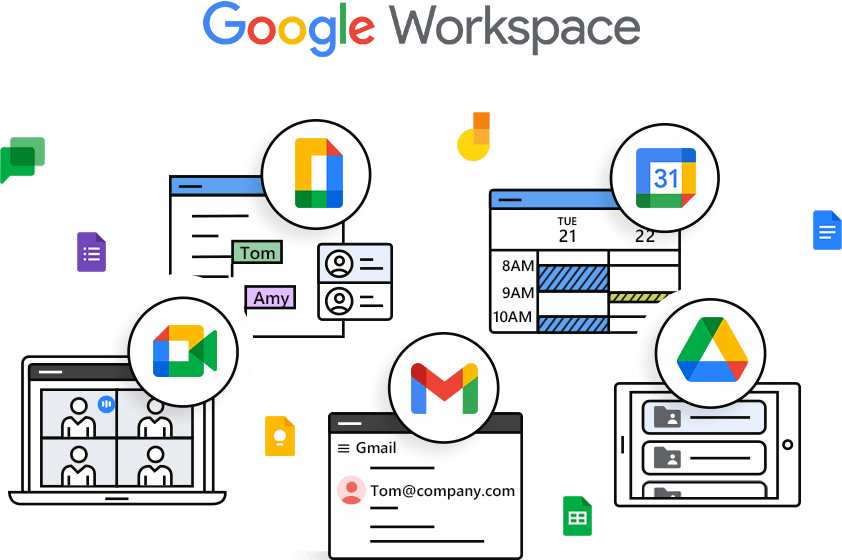Security & Zombies
The greatest anti-virus software is the one between your ears.

Network and Website Security
Stay Safe Online

Website SSL
SSL and TLS are protocols that establish encrypted links between web servers and browsers, helping to ensure that data exchanged between the two is protected from eavesdropping, tampering, and forgery.

Two-Factor Authentication (2FA)
Add an extra layer of security to your login process by requiring a second form of authentication in addition to your password, such as a fingerprint, facial recognition, or a one-time code sent to your phone.

Regular updates and patches
Regularly updating your website software and applications can help to protect against security vulnerabilities and bugs that may be exploited by attackers.

Antivirus and Anti-malware software
These programs can help to protect your computer and website against viruses, malware, and other malicious software.

Firewall
A firewall is a security device that helps to monitor and control incoming and outgoing network traffic. It can help to prevent unauthorized access to your network and website.
Zombie Website
A “zombie website” is a term used to describe a website that is online but has not been updated or maintained in a long time, often with outdated or irrelevant content. These websites may appear abandoned and neglected, with broken links, outdated design, and often have little or no traffic.
Zombie websites are not only unappealing and unhelpful to visitors, but they can also present security risks as they are more vulnerable to hacking and other cyber threats. These websites can also have a negative impact on a company’s reputation and credibility.
It’s important to keep websites up-to-date and maintain them regularly to ensure that they continue to provide value to their visitors and are secure from potential threats.

Script Kiddie
A “script kiddie” is a term used to describe a person who uses pre-written scripts or programs to launch attacks on computer systems, networks or websites without having a deep understanding of the underlying technology or programming languages involved.
Script kiddies are often inexperienced or amateur hackers who rely on automated tools and scripts that are available online to exploit known vulnerabilities in systems or networks. These tools are designed to make the process of hacking easier and less technical, allowing even non-technical individuals to launch attacks without needing advanced programming skills.
While script kiddies may be able to cause some damage, they are generally not as sophisticated as professional hackers and may lack the knowledge to cover their tracks or evade detection by security systems.
DDOS
A Distributed Denial of Service (DDoS) attack is a type of cyber attack where multiple systems, typically compromised computers or Internet of Things (IoT) devices and Zombie Websites, are used to flood a targeted website, server, or network with a high volume of traffic or requests. The aim is to overwhelm the system’s resources and make it unavailable to legitimate users.
In a typical DDoS attack, the attacker uses a botnet, a network of infected computers or devices under their control, to send a large volume of traffic or requests to the target system. This results in congestion of the system’s network or computing resources, preventing legitimate users from accessing the targeted service or website.
DDoS attacks can be launched for various reasons, such as extortion, revenge, or activism. They can cause significant disruption to businesses and organizations, leading to lost revenue, reputational damage, and reduced productivity. Additionally, DDoS attacks can also be used as a diversionary tactic, distracting security teams from other malicious activities occurring on their networks.
To protect against DDoS attacks, organizations can use specialized tools and services, such as firewalls, load balancers, and content delivery networks (CDNs), that can detect and mitigate these types of attacks. Additionally, best practices such as keeping systems up-to-date, implementing access controls and monitoring network traffic can also help to prevent DDoS attacks.

CDN Caching
A Content Delivery Network (CDN) is a network of geographically distributed servers that work together to provide faster and more reliable delivery of content to users. CDN caching refers to the process of temporarily storing website content, such as images, videos, and other static files, on the CDN’s servers for faster delivery to users.
When a user requests a website that is using a CDN, the CDN’s servers will cache the website’s content on the server closest to the user. This means that when the user requests the same content again, it can be served from the nearest server instead of the website’s origin server, reducing the time it takes to load the content.
CDN caching can help to reduce the load on the origin server, which can improve the website’s performance and reduce the risk of downtime during traffic spikes or other types of demand surges. It can also improve the user experience by reducing the time it takes for content to load, which can lead to higher user engagement and better conversion rates.
However, it’s important to note that CDN caching can also lead to content inconsistency, where users may not see the most up-to-date version of the website’s content. This can be mitigated by setting appropriate cache expiration times and using cache-invalidation techniques to ensure that the CDN’s cache is refreshed when the origin server’s content is updated.

